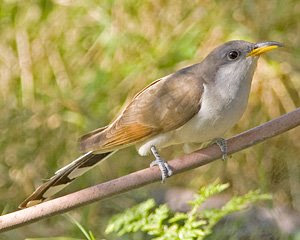
I hope that your Christmas was merry and safe and you are ready to ring in the new year as I am most certainly going to in this neck of the woods.
19,237--that's the number of frames that I shot with my Canon 30D this year as of the writing of this entry. That means that I was fortunate enough to get to a lot of places this year and fire off a lot of frames. At this rate, I will likely be able to justify my 50D just as the 60D is starting to come out about this time next year.
Again, I was very fortunate to get out and take a lot of pictures. But equally as fortunate to meet some awfully nice folks and share some time talking about birds, butterflies, flowers, and photography.
Right at the top of the list, I need to thank the entire membership of the Concho Valley Photography Club. They put up with seeing a small collection of my images once a month and provide some constructive feedback on the images that I bring to the party. Especially big thanks go out to Bruce, Bill, Chris, Ernie, and Andrew. Since my arrival they have welcomed me with open arms and allowed me into their circle. Thanks guys.
I need to also thank the Friends of San Angelo State Park for not only providing my favorite bird blind and some awesome trails, but also welcoming me into their family as well. Special thanks go to Ruth and Gary, though for completely different reasons.
At a bare minimum, I also need to thank the following people:
- Bob & Ann Zeller, for the great conversations in the blind as well as Bob's help in getting me my show at Crockett National Bank
- Laura West at Crockett National Bank, for allowing me the opportunity to borrow some wall space for a couple of months
- Terry with San Angelo Birding Club for providing me with numerous bird identifications over the year
- The staff, management, and volunteers of South Llano River State Park
- The staff, management, and volunteers of San Angelo State Park, with special thanks going to Kurt & Pat
- Dan & Cathy Brown at the Hummer House
- Earlene at Cedar Gap Farm
- Bob Petersen from the Petersen Ranch for a great day of shooting back in April
- River Bend Natureworks in Wichita Falls for allowing me time inside of the butterfly exhibit to make some outstanding images
- The Services Division of the 17th Force Support Squadron for an outstanding 2008 Santa's Market experience
- mPix
- B&H Photo
- Adorama
- Sam's Club San Angelo
- And you the readers for helping me out with some identification information, new places to hang out, and otherwise provide me with additional encouragement and/or direction.
2008 was an outstanding year, but I can't wait to see what 2009 has in store for me. You will join me, won't you?
Image: Northern Cardinal (Female), San Angelo State Park, ©2008 Jim Miller



























